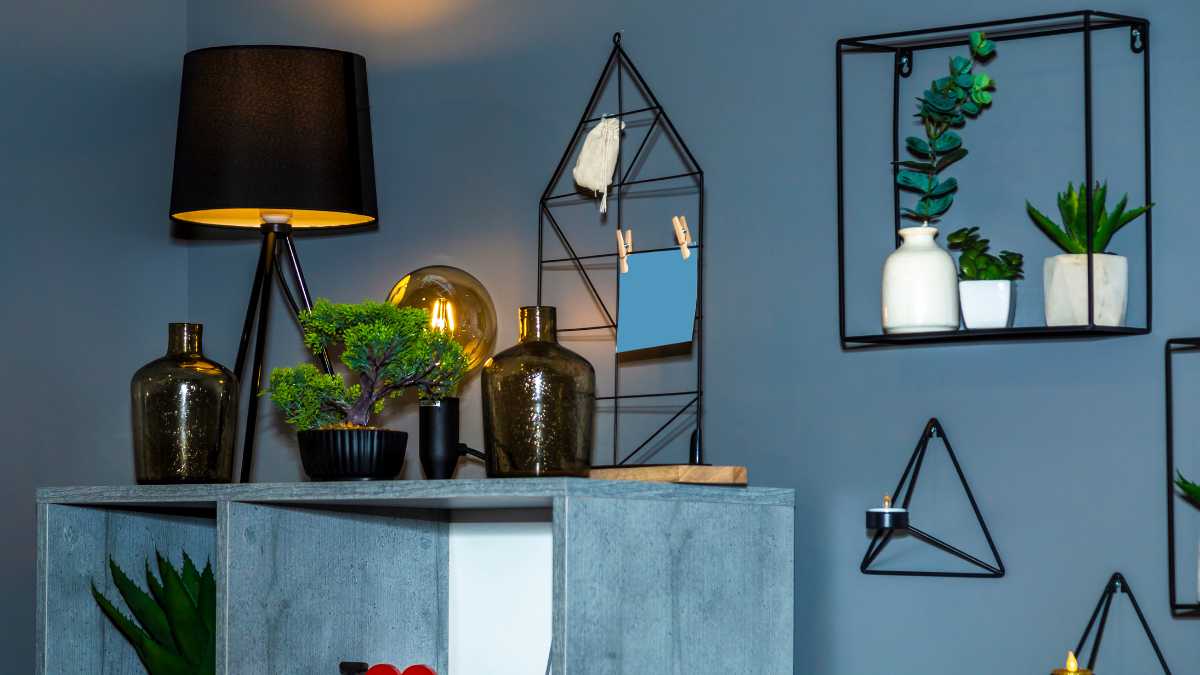When it comes to decorating a small living space, seniors have unique challenges to consider. However, with a few smart design choices and creative solutions, it’s possible to create a comfortable and inviting home that meets their needs. In this article, we’ll share some tips and tricks for decorating a small living space for seniors, from choosing the right furniture to incorporating sentimental items.
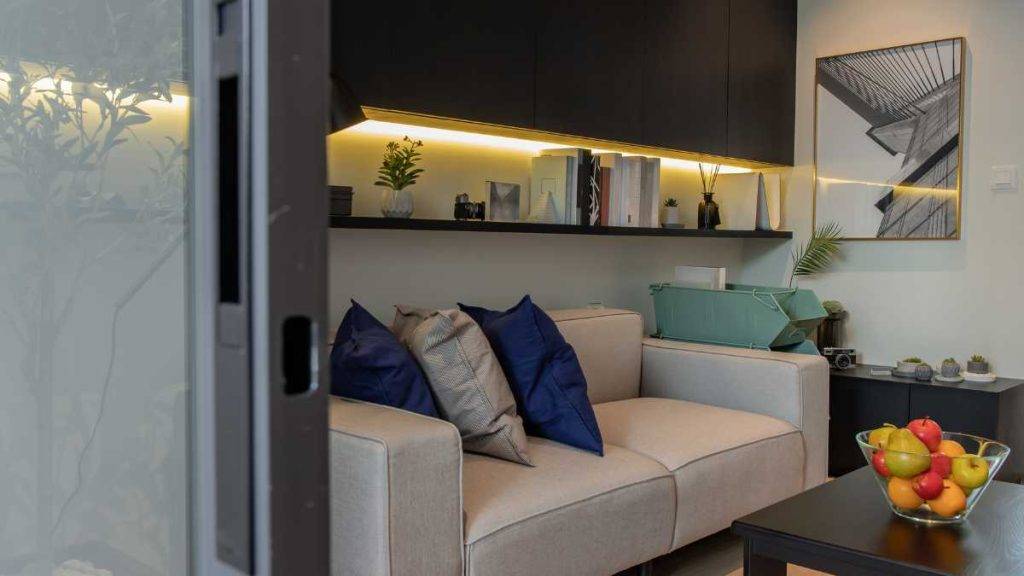
One of the most important considerations when decorating a small living space for seniors is furniture selection. It’s essential to choose pieces that are appropriately sized and easy to get in and out of, as well as comfortable and supportive. Furniture manufacturers have recognized the demand for senior-friendly pieces and scaled down their collections to fit smaller living spaces. Downsizing can be challenging, but it’s an opportunity to let go of clutter and choose only the items that are most important and meaningful. Incorporating sentimental items can help make a new space feel like home and provide a sense of comfort and familiarity.
Understanding Small Spaces
When it comes to decorating a small space, it’s important to understand the unique challenges and opportunities that come with it. As seniors, we may be downsizing from a larger home to a smaller apartment or condo, which can be a big adjustment. Here are some key factors to keep in mind when working with a smaller space:
Layout

One of the most important aspects of designing a small space is creating an efficient layout. We want to make sure that every square inch counts and that we’re not wasting valuable space. This means thinking carefully about the placement of furniture, the flow of traffic, and the overall functionality of the room.
Scale and Size
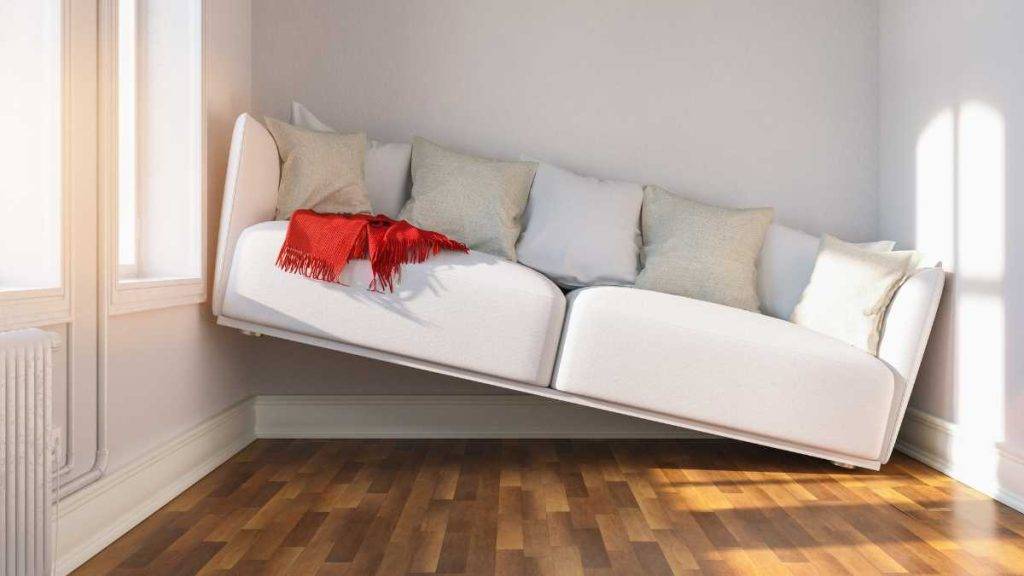
Another important consideration is scale and size. In a smaller space, we need to be mindful of the size of the furniture and accessories we choose. Oversized pieces can quickly overwhelm a room and make it feel cramped, while smaller pieces can help create a sense of openness and airiness. We also want to avoid cluttering the space with too many decorative items, which can make it feel chaotic and overwhelming.
Floor Plans
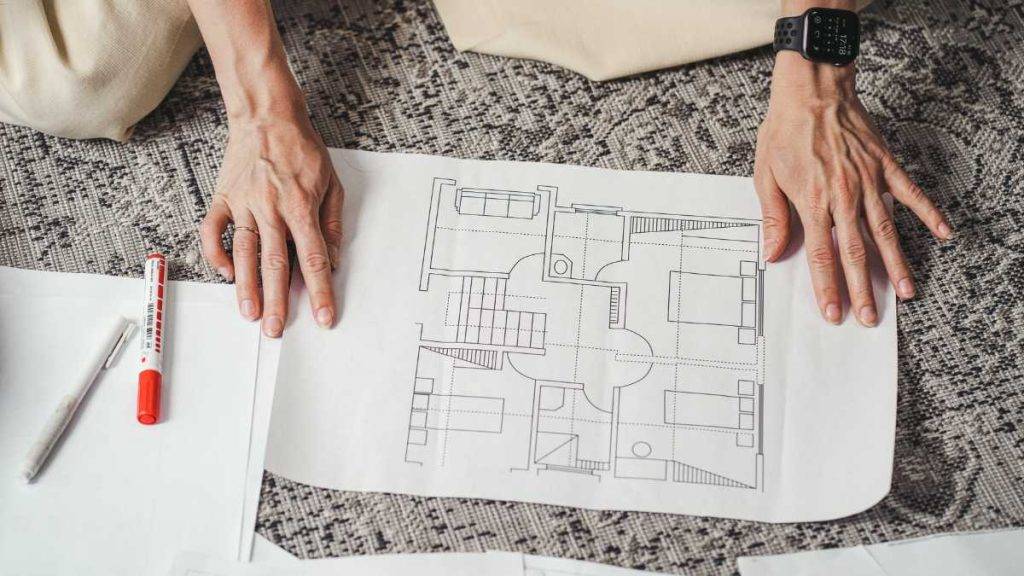
Finally, it’s important to pay attention to the floor plan of our small space. We want to make sure that we’re making the most of the available square footage and that we’re not wasting space on unnecessary features. This might mean opting for multi-functional furniture or finding creative storage solutions that help us maximize our space.
By keeping these factors in mind, we can create a beautiful and functional living space that feels just right for us.
Importance of Comfort and Safety
When it comes to home decor for small spaces for seniors, comfort and safety should be our top priorities. As we age, our mobility and health may decline, making it more difficult to move around our homes safely. That’s why it’s important to design our living spaces with our changing needs in mind.
Comfort is also crucial for seniors who spend a lot of time at home. We want our living spaces to feel welcoming and relaxing, so we can enjoy our time there. This means choosing furniture that is comfortable and supportive, with fabrics and materials that are soft and cozy. We also want to make sure our homes are well-lit and have good ventilation, so we can stay comfortable all year round.
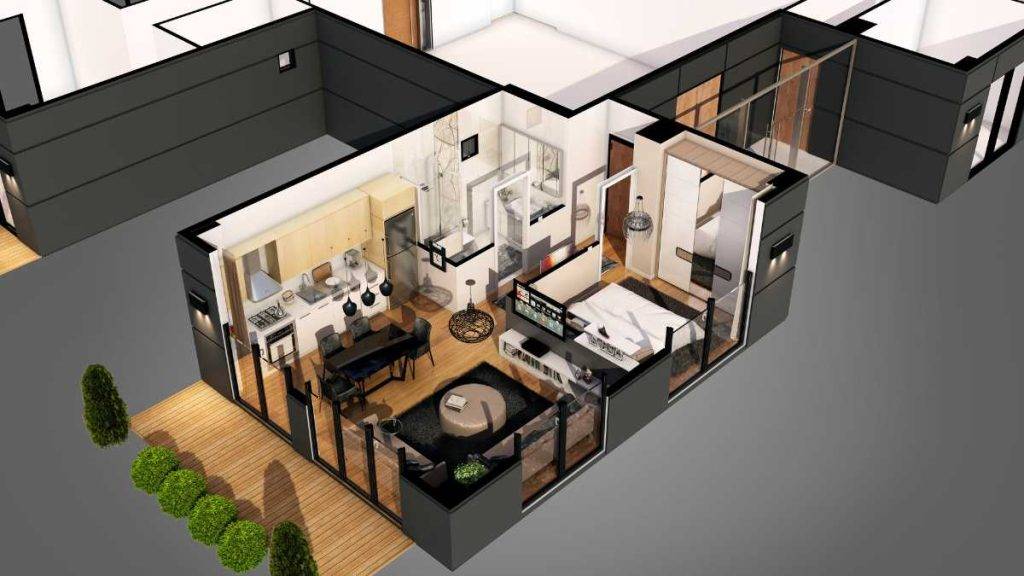
Safety is equally important, especially for seniors who may be at risk of falls or other accidents. We want to make sure our homes are designed with accessibility and mobility in mind, with features like grab bars, handrails, and wheelchair ramps where necessary. We also want to make sure our homes are free of clutter and tripping hazards, with plenty of space to move around safely.
For seniors who may need additional support, senior living communities can provide a safe and comfortable living environment with access to healthcare and other services. Independent living and assisted living communities can provide a range of options to suit different needs and lifestyles, from fully independent apartments to more supportive care environments.
Overall, when it comes to home decor for small spaces for seniors, we want to prioritize comfort and safety to create a welcoming and supportive living environment that meets our changing needs as we age.
Designing for Mobility and Accessibility
As we age, mobility becomes a crucial factor in designing a home that is safe and comfortable to live in. Whether you’re downsizing to a smaller space or looking to renovate your current home, there are several design considerations that can make a significant difference in your everyday life.
Stairs and Elevators
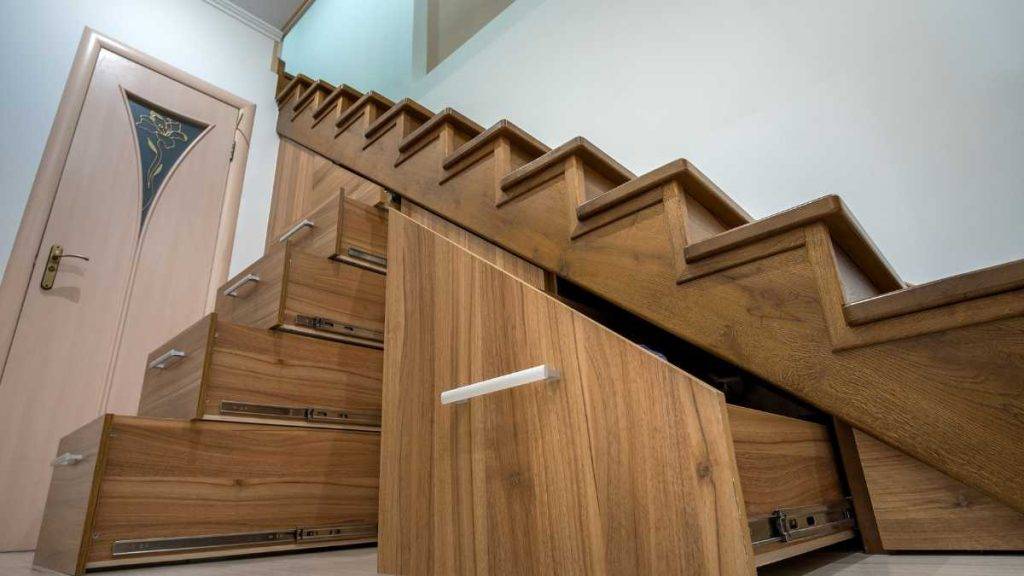
If your home has stairs, consider installing a stairlift or elevator to make it easier to move between floors. Stairlifts are an affordable and practical solution for those with limited mobility, while elevators are a more expensive but permanent option. Both options can be customized to fit your specific needs and are available in various styles to match your home’s decor.
Walkways and Doorways
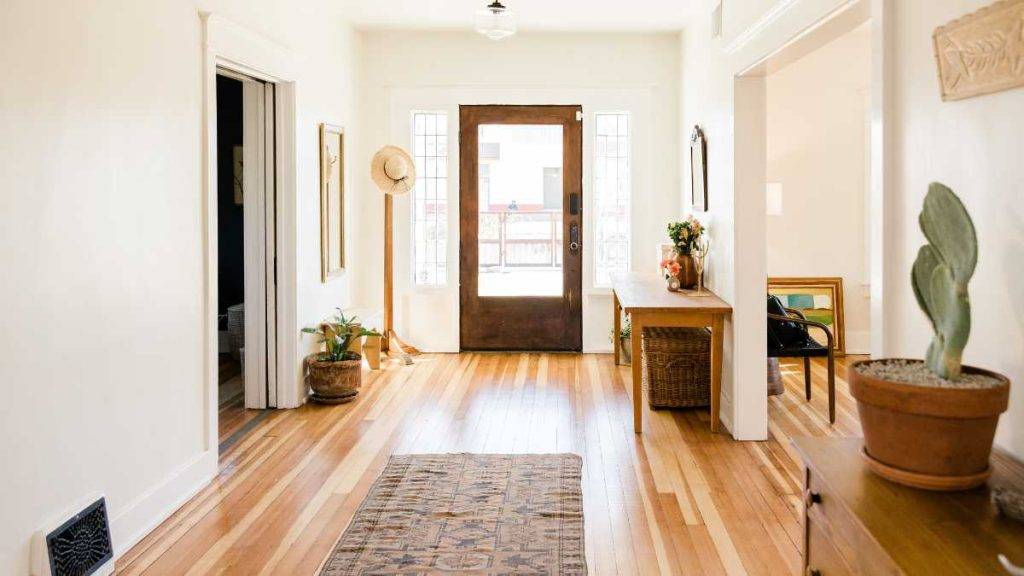
Wide and unobstructed walkways are essential for seniors who use mobility aids such as walkers, wheelchairs, or canes. Ensure that all walkways and doorways are at least 36 inches wide to accommodate these devices. If you’re renovating your home, consider widening doorways or installing pocket doors to make it easier to move around.
Rounded Edges
Sharp corners and edges can be hazardous for seniors with mobility issues. Consider using furniture with rounded edges and corners to reduce the risk of injury. This can include coffee tables, end tables, and even countertops. Additionally, rounded edges on walls and doorways can help prevent bumps and bruises.
In conclusion, designing a home for mobility and accessibility is essential for seniors looking to live independently and comfortably. By focusing on factors such as stairs and elevators, walkways and doorways, and rounded edges, you can create a safe and welcoming environment that meets your specific needs.
Furniture Selection
When it comes to furnishing a small space, it’s important to choose pieces that are both functional and stylish. As seniors, we want furniture that is comfortable and easy to use. Here are some tips for selecting furniture for small spaces:
Seating
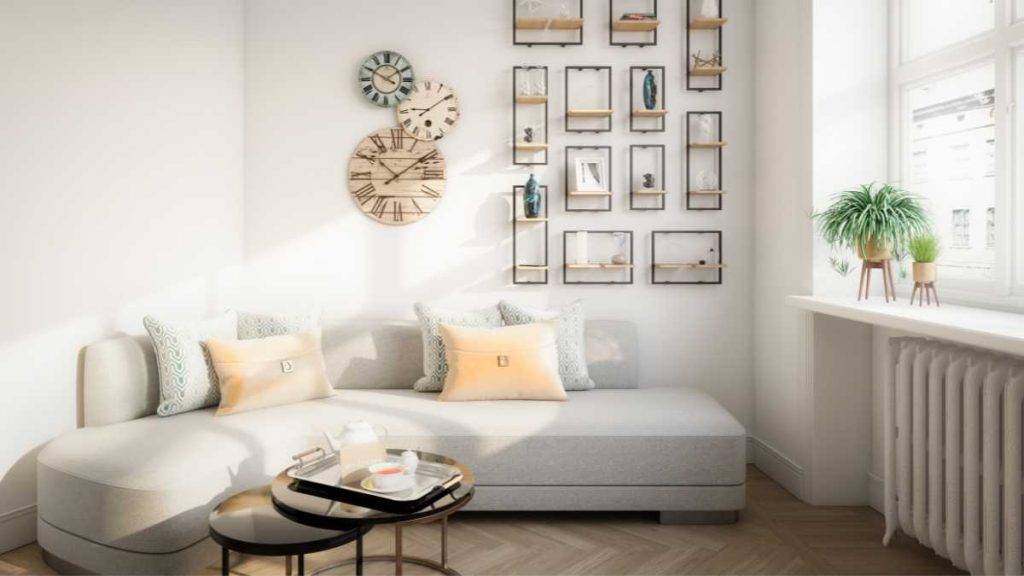
When selecting seating, it’s important to choose pieces that are comfortable and functional. Sectional sofas are a great option for small spaces because they can be configured in different ways to fit the room. Chairs with armrests can also be helpful for seniors who need extra support when sitting down or standing up.
Tables
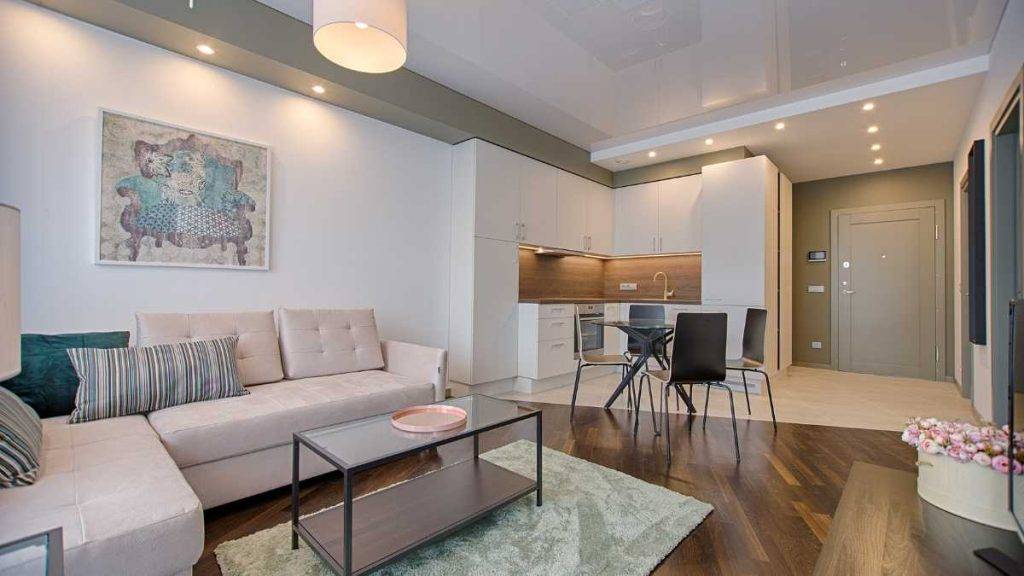
Tables are an essential part of any living space. Round tables are a great option for small spaces because they take up less room than square or rectangular tables. A coffee table with storage can also be a great addition to a small living room, as it provides a place to store books, magazines, and other items.
Beds
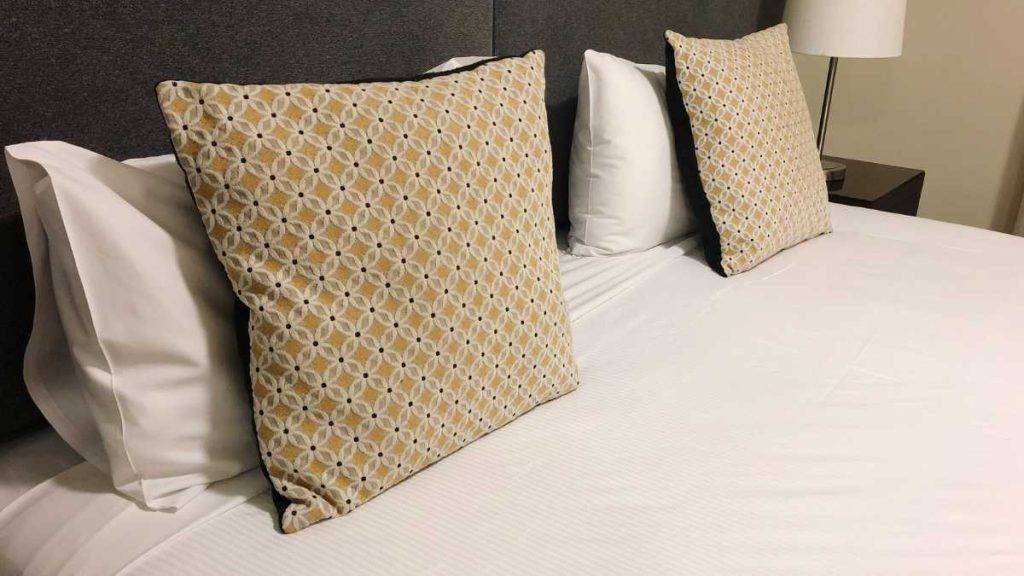
When it comes to selecting a bed for a small space, it’s important to choose a piece that is both comfortable and functional. Adjustable beds can be a great option for seniors who need to adjust their sleeping position for health reasons. A bed with built-in storage can also be helpful for seniors who need extra storage space.
Overall, when selecting furniture for a small space, it’s important to choose pieces that are both functional and stylish. Sectional sofas, chairs with armrests, round tables, coffee tables with storage, and adjustable beds with built-in storage are all great options for seniors living in small spaces.
Optimizing Storage
When it comes to decorating a small space, having enough storage is crucial. We want to make sure that every item we have fits in the space we have. One way to optimize storage is by decluttering. We need to make sure that we only keep the things that we need and use. This will not only help us have more space but also make it easier to find the things we need.
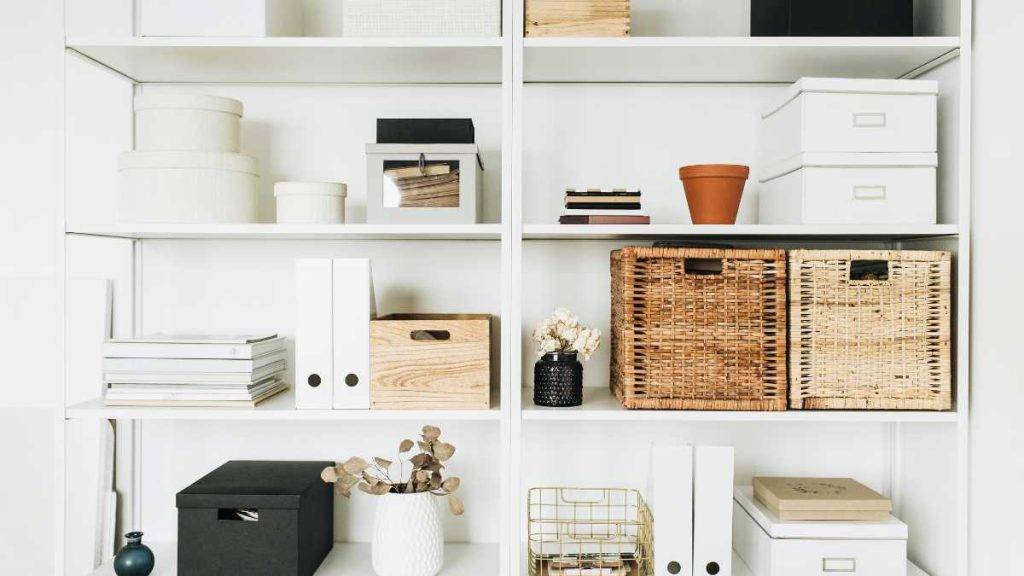
Another way to optimize storage is by using shelves. Shelves are a great way to add storage without taking up too much floor space. We can use open shelving to display our favorite items or use closed shelving to hide clutter. We can also use shelves to store items that we use frequently, such as books or kitchen utensils.
When downsizing, it is important to think about the storage options that we have. We need to make sure that the items we keep fit in the space we have. We can use furniture that has built-in storage, such as a bed with drawers or a coffee table with a shelf. This will help us maximize our space and keep our items organized.
Decluttering is also important when it comes to optimizing storage. We need to make sure that we only keep the things that we need and use. This will not only help us have more space but also make it easier to find the things we need.
In summary, optimizing storage is crucial when it comes to decorating a small space. We can do this by decluttering, using shelves, and thinking about our storage options when downsizing. By doing this, we can make sure that we have enough space for all of our items and keep our space organized and clutter-free.
Effective Use of Lighting
When it comes to decorating small spaces for seniors, lighting is a crucial element to consider. Proper lighting can make a small space look larger, brighter, and more inviting. Here are some tips on how to effectively use lighting in small spaces.
Natural Light
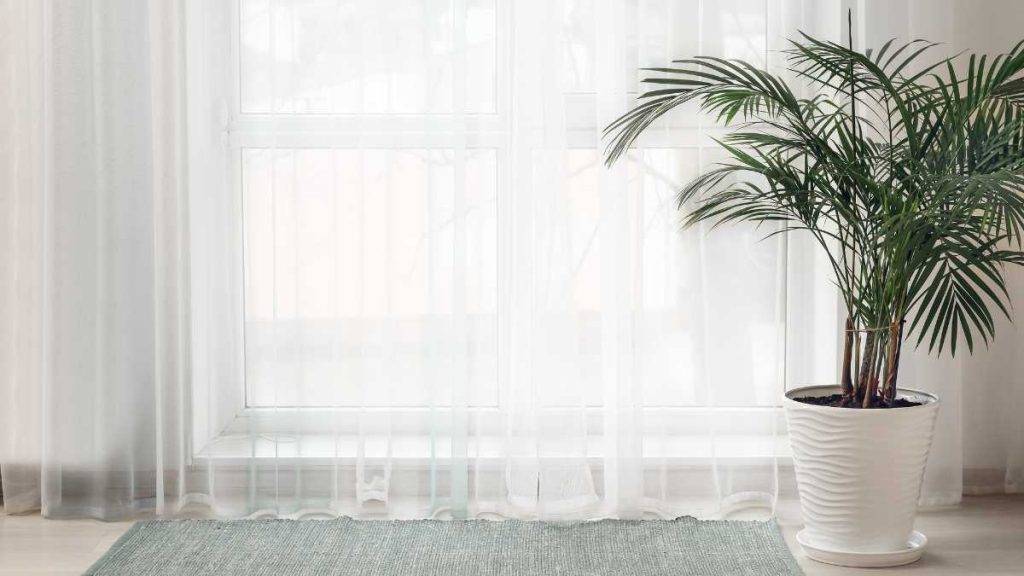
One of the most effective ways to brighten up a small space is to let in as much natural light as possible. This means keeping windows unobstructed and using light-colored window treatments. If privacy is a concern, consider using sheer curtains or blinds that can be easily opened during the day.
Floor Lamps
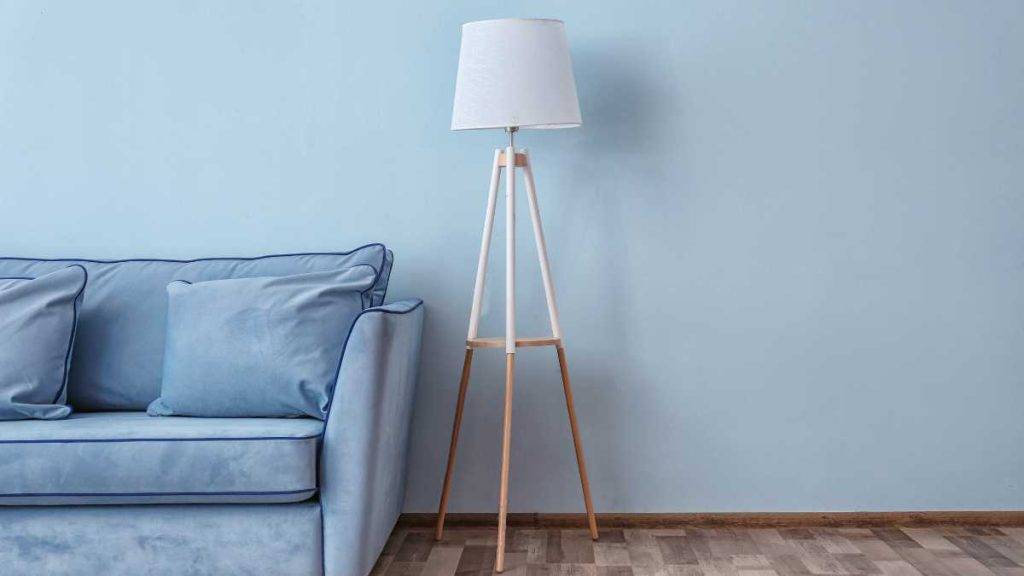
Floor lamps are a great way to add both ambient and task lighting to a small space. They take up very little floor space and can be easily moved around to different areas of the room. When choosing a floor lamp, look for one that has a slim profile and a shade that directs light upwards and downwards. This will help to create a warm and inviting atmosphere in the room.
Lighting Fixtures
In addition to floor lamps, it’s important to choose the right lighting fixtures for your small space. Look for fixtures that are sleek and modern, and that provide plenty of light without taking up too much space. Consider using track lighting or recessed lighting to create a clean and streamlined look.
Bulbs
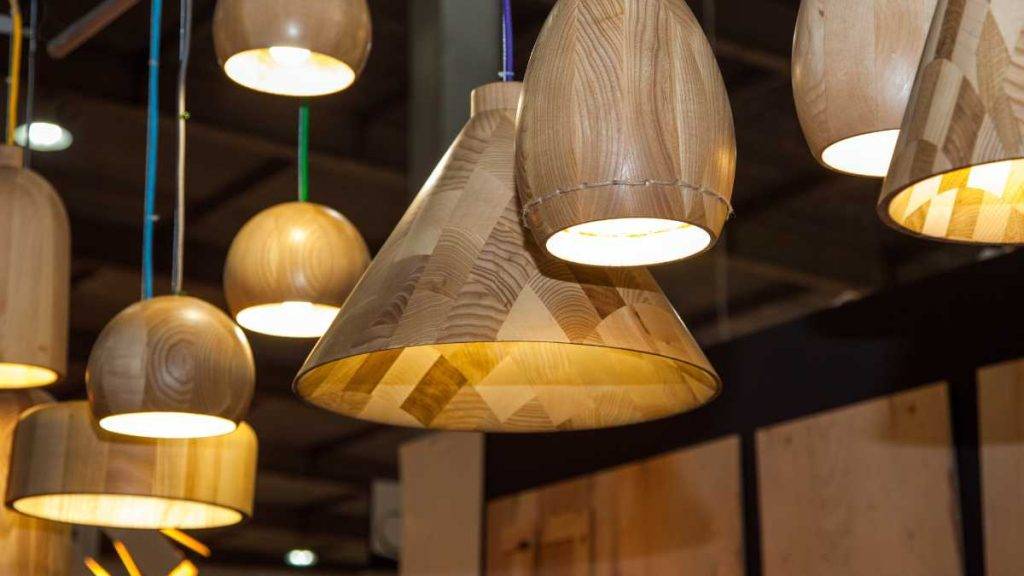
The type of bulb you choose can also have a big impact on the overall look and feel of your small space. LED bulbs are a great choice because they are energy-efficient and long-lasting. They also come in a variety of color temperatures, so you can choose a warm or cool light depending on your preference.
Color and Texture Choices
When it comes to decorating small spaces, color and texture choices are crucial. The right color palette can make a small space feel larger and more inviting, while textures can add depth and interest to a room.

We recommend using light colors for walls and furniture in small spaces. Lighter colors reflect more light, making a room feel brighter and more open. Whites, creams, and pastels are great options for creating a light and airy atmosphere.
When choosing a color palette, consider using analogous colors – colors that are next to each other on the color wheel. This creates a cohesive and harmonious look that is pleasing to the eye. Another option is to use a monochromatic color scheme, which involves using different shades and tints of the same color. This creates a sophisticated and elegant look that can make a small space feel more upscale.

In addition to color, textures can also play a big role in small space decor. Textured fabrics, such as linen, velvet, and wool, can add depth and interest to a room. Mixing different textures, such as a fluffy rug with a smooth leather chair, can create a sense of balance and contrast that is visually appealing.
When it comes to paint, we recommend using a satin or eggshell finish for walls in small spaces. These finishes reflect more light and are easier to clean than flat finishes. Additionally, using a semi-gloss finish for trim and doors can create a subtle contrast that adds depth to a room.
Overall, choosing the right color and texture choices can make a big impact on the look and feel of a small space. By using light colors, a cohesive color palette, and interesting textures, you can create a welcoming and visually appealing home.
Decor Elements
When decorating a small space, we want to make sure that every element counts. Here are some decor elements that can help us maximize our space while still making it feel cozy and comfortable:
Rugs
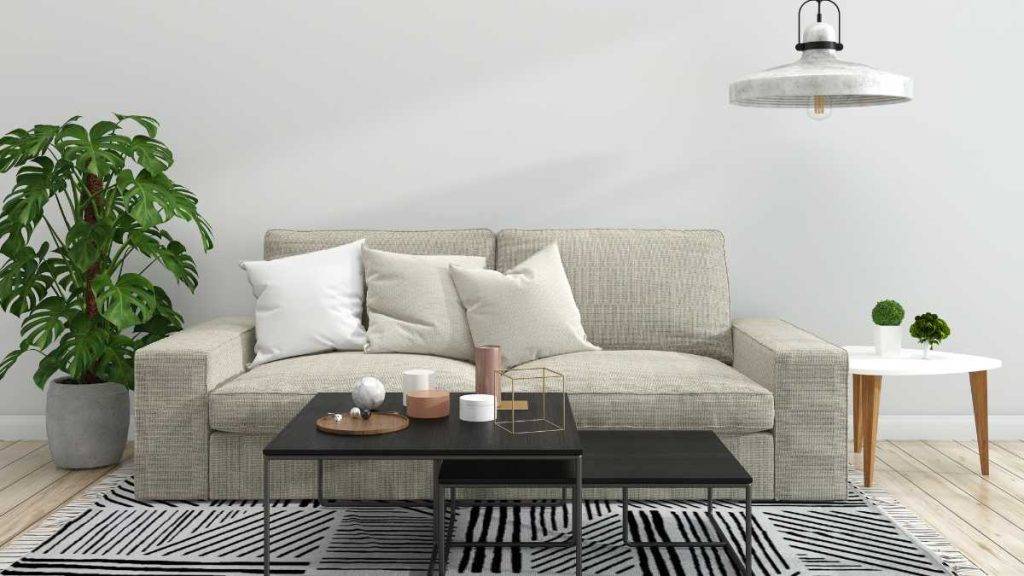
Area rugs can add warmth and texture to a room without taking up too much space. When choosing a rug, we should consider the size and shape of our room. A rug that is too small can make the room feel disjointed, while a rug that is too large can overwhelm the space. We can also use rugs to define different areas within a room, such as a seating area or a dining area.
Mirrors
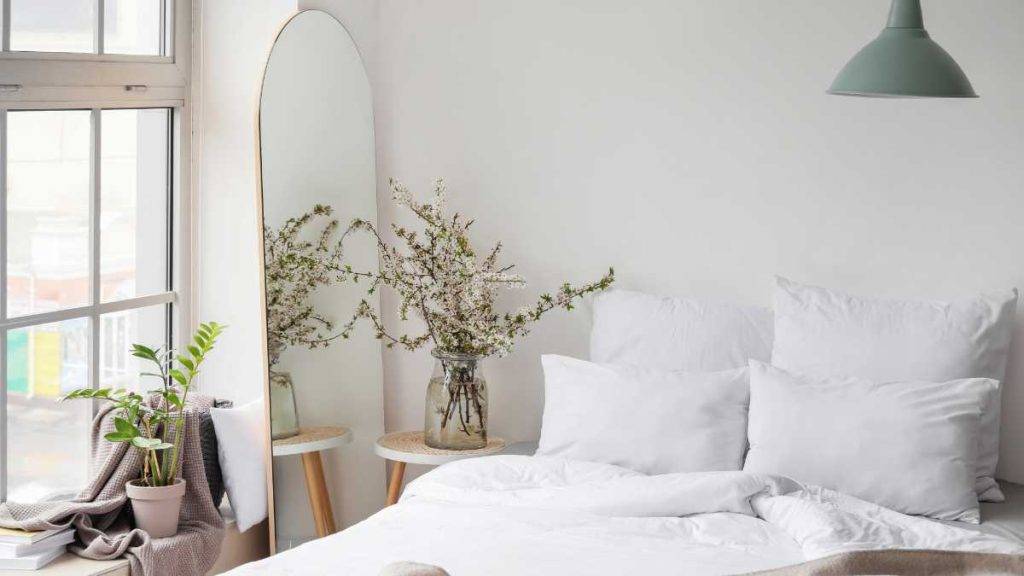
Mirrors can make a small room feel larger by reflecting light and creating the illusion of more space. We can hang a large mirror on a wall or use smaller mirrors to create a gallery wall. Mirrors can also be functional, such as a full-length mirror in a bedroom or a mirror with a storage shelf in a bathroom.
Artwork

Artwork can add personality and color to a room. When choosing artwork for a small space, we should consider the size and scale of the pieces. Large artwork can overwhelm a small room, while small pieces can get lost. We can also use artwork to create a focal point in a room, such as a colorful painting above a sofa.
Curtains
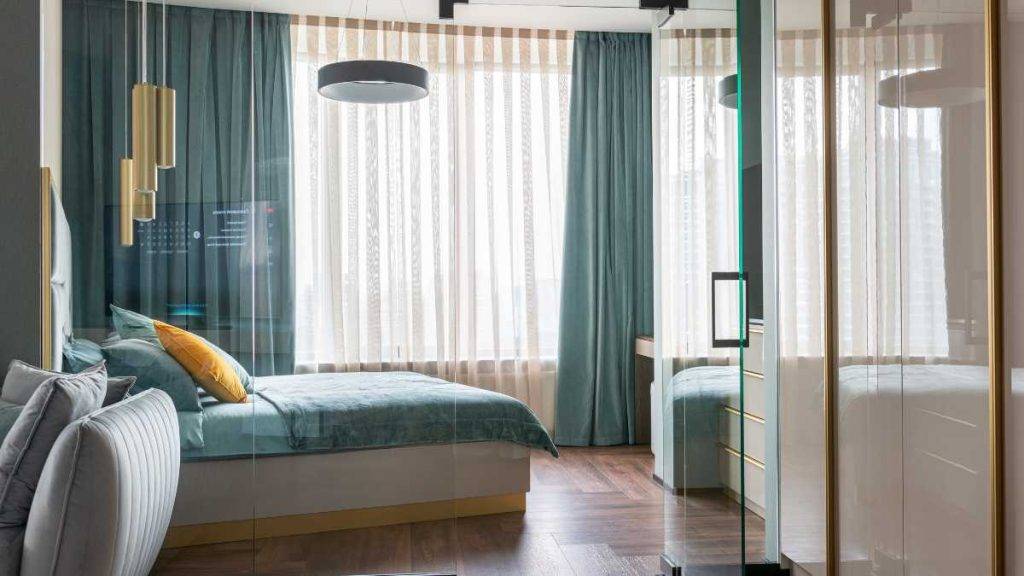
Curtains can add texture and color to a room while also providing privacy and light control. When choosing curtains for a small space, we should consider the color and pattern of the fabric. Lighter colors and patterns can make a room feel larger, while darker colors and heavy patterns can make a room feel smaller.
Pillows
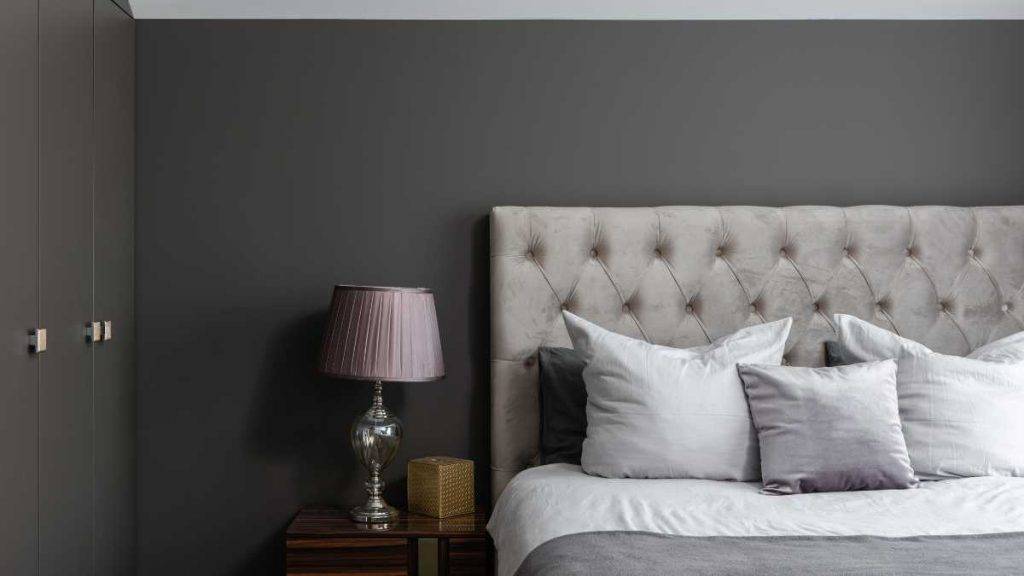
Pillows can add comfort and style to a room. When choosing pillows for a small space, we should consider the size and number of pillows. Too many pillows can make a small sofa or bed feel cluttered, while too few pillows can make it feel bare. We can also use pillows to add color and pattern to a room, such as a mix of solid and patterned pillows on a sofa.
These decor elements can help us create a cozy and functional space, even in a small room. With some creativity and a little planning, we can make our small space feel like home.
Special Considerations for Bathrooms
When it comes to small bathrooms, there are a few special considerations that seniors need to keep in mind to ensure safety and functionality. Here are a few things we should keep in mind:
Grab Bars
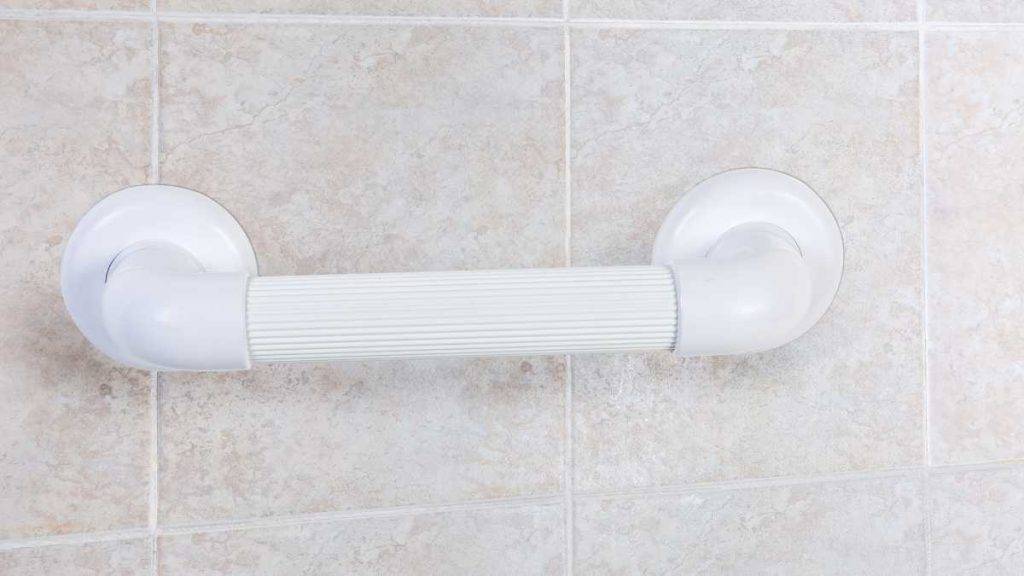
Grab bars are an essential part of any senior-friendly bathroom. These bars can help seniors maintain their balance and prevent falls. It’s important to install grab bars in the shower and near the toilet. We should make sure that the grab bars are securely attached to the wall and can support the weight of the user.
Handrails

Handrails can also be helpful in the bathroom, especially if the bathroom has steps or stairs leading to it. Handrails can provide additional support and stability when navigating the bathroom. We should make sure that the handrails are securely attached to the wall and can support the weight of the user.
Bathroom Layout
The layout of the bathroom is also an important consideration. We should make sure that there is enough space to move around and that the bathroom is easy to navigate. We should also consider installing a walk-in shower or a shower bench to make showering safer and more comfortable.
Lighting
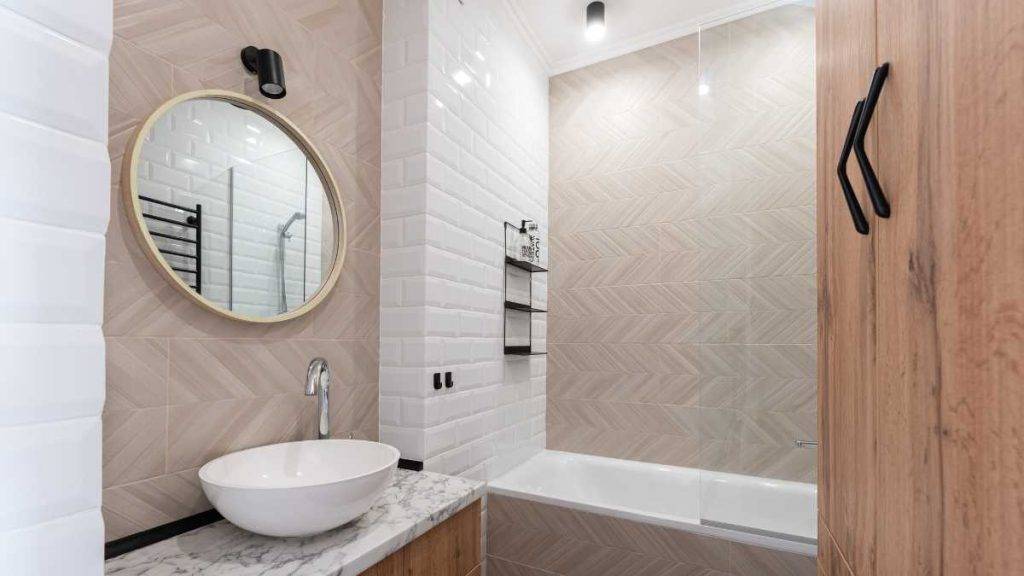
Good lighting is important in any bathroom, but it’s especially important in a small bathroom. We should make sure that the bathroom is well-lit and that there are no dark corners or areas. We can consider installing additional lighting fixtures or using brighter bulbs to improve visibility.
Non-Slip Surfaces

Slippery surfaces can be a hazard in any bathroom, but they’re especially dangerous for seniors. We should make sure that the bathroom floor and shower floor have non-slip surfaces to prevent slips and falls. We can consider using non-slip mats or installing non-slip tiles to improve safety.
By keeping these special considerations in mind, we can create a safe and functional bathroom for seniors in small spaces.
Rightsizing and Retrofitting
When it comes to decorating a small space for seniors, rightsizing and retrofitting are essential concepts to consider. Rightsizing is the conscious choice to create a life and lifestyle that aligns with our unique selves at every stage of life. It means downsizing and decluttering, and only keeping what is necessary and meaningful to us. Retrofitting, on the other hand, involves making modifications to our living space to make it more comfortable, accessible, and safe.
One of the most significant benefits of rightsizing and retrofitting is that it can help us save money in the long run. By downsizing and decluttering, we can reduce our expenses and free up some money to invest in retrofitting our living space. Retrofitting can also help us avoid costly accidents and injuries by making our home more accessible and safe.
If you are moving into a senior living apartment, rightsizing and retrofitting are even more critical.
Senior living apartments are designed to be more accessible and senior-friendly, but they can still benefit from some retrofitting. Some retrofitting ideas for senior living apartments include:
- Installing grab bars in the bathroom and shower
- Installing non-slip flooring in the kitchen and bathroom
- Installing lever-style door handles and faucets
- Installing motion-sensor lighting in the hallway and bathroom

In conclusion, rightsizing and retrofitting are essential concepts to consider when decorating a small space for seniors. By downsizing and decluttering, we can reduce our expenses and free up some money to invest in retrofitting our living space. Retrofitting can help us avoid costly accidents and injuries by making our home more accessible and safe. If you are moving into a senior living apartment, retrofitting can be especially important to make your living space more comfortable and senior-friendly.

